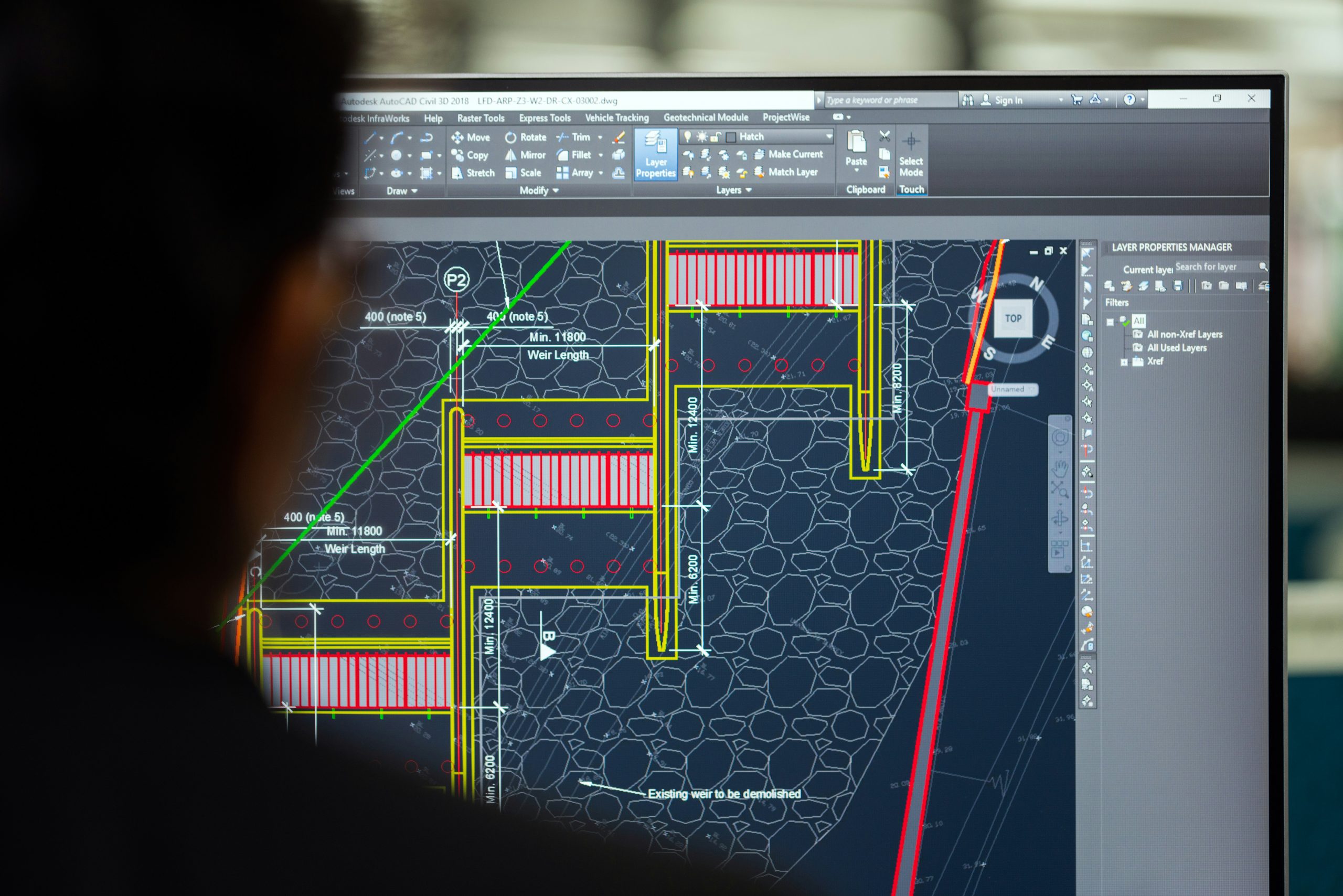
Storyboarding is an essential process in the creation of visual media, serving as the blueprint for films, animations, video games, and more. It allows creators to visualize the narrative, plan shots and sequences, and communicate the essence of the story to the entire production team. For beginners, the transition from traditional paper-and-pencil storyboarding to digital tools can be daunting. However, mastering storyboarding software can significantly streamline and enhance the creative process. Here’s a comprehensive beginner’s guide on how to effectively use storyboarding software to bring your stories to life.
Understanding the Basics of Storyboarding
Before diving into the software, it’s essential to grasp the basics of storyboarding itself. A storyboard is essentially a series of panels, similar to a comic strip, that detail the key scenes and transitions of your story. Each panel represents a specific shot and includes details such as camera angles, character positioning, and significant actions. Additionally, storyboards can include text annotations to explain scene context, camera movement, and dialogue.
Choosing the Right Storyboarding Software
There are several storyboarding software options available, each with unique features tailored to different types of projects and user preferences. Popular choices include:
Storyboard That: Great for beginners and educational purposes, offering a simple, drag-and-drop interface with a library of characters and scenes.
Toon Boom Storyboard Pro: Widely used in professional animation and film environments, known for its comprehensive set of drawing and animation tools.
Adobe Animate: Offers robust animation features, ideal for users already familiar with the Adobe ecosystem.
Frame Forge: Ideal for pre-visualization in film production, providing detailed control over camera lenses and angles.
Canva: While primarily a graphic design tool, Canva offers storyboard templates that are useful for beginners looking to create basic storyboards without a steep learning curve.
When selecting software, consider your project’s specific needs, your budget, and your level of comfort with digital tools. Many software options offer free trials, which can be a great way to test out features before committing.
Setting Up Your Project
Once you’ve chosen your software, the first step is setting up your project. This usually involves defining the aspect ratio and resolution, which should align with your final output format, whether it’s for a film, a web series, or a mobile app. Familiarize yourself with the user interface: locate where you can find the library of assets, the tool panels, and options for adding text and annotations.
Creating Your First Storyboard
Start with a Template or Blank Canvas: Most software provides storyboard templates. These can be particularly helpful as they often include standard layouts and prompts to guide you.
Sketch Your Panels: Use the software’s drawing tools or import images to create the visual elements of your storyboard. You don’t need to be a great artist to create effective storyboards—the focus should be on clarity of vision rather than artistic perfection.
Add Descriptions and Dialogue: Below or beside each panel, add necessary descriptions, camera directions, or dialogue. This information is crucial for ensuring that all members of the production team understand your vision.
Plan Camera Movements: If your software allows, include indications of camera movements like pans, zooms, or tilts. This can be crucial for directors and cinematographers when planning shots.
Edit and Rearrange: One significant benefit of using digital storyboarding software is the ability to edit and rearrange panels easily. Please take advantage of this flexibility to refine your storyboard until it best conveys your story.
Collaborating and Sharing
Storyboarding software often includes features for collaboration, such as sharing capabilities or cloud-based editing. Use these features to get feedback from your team or stakeholders. Collaboration can be vital in the early stages of a project, helping to identify potential issues and gather creative ideas.
Utilizing Advanced Features
As you become more comfortable with the basic features of your storyboarding software, start exploring more advanced tools. Many programs offer:
Animation tools to create mini-animations or animatics provide a clearer sense of how scenes will play out.
Integrated sound tools to add dialogue tracks, music, or sound effects, enhancing the impact of your storyboard.
3D modeling capabilities for complex film and game storyboards, allowing for precise visual planning.
Practicing and Learning
Like any tool, proficiency with storyboarding software comes with practice. Utilize online tutorials, user forums, and other learning resources to improve your skills continuously. Most software providers offer extensive help sections and instructional content designed to help you make the most of their features.
Enhancing Your Creative Workflow
Storyboarding software is a powerful ally in the visual storytelling process, offering flexibility, efficiency, and depth that traditional methods can’t match by learning to use these digital tools to turn your conceptual visions into actionable plans effectively, ensuring that your creative projects are communicated clearly and executed flawlessly. As you grow more proficient, you’ll find that these tools not only save time but also open new avenues for creativity and collaboration.